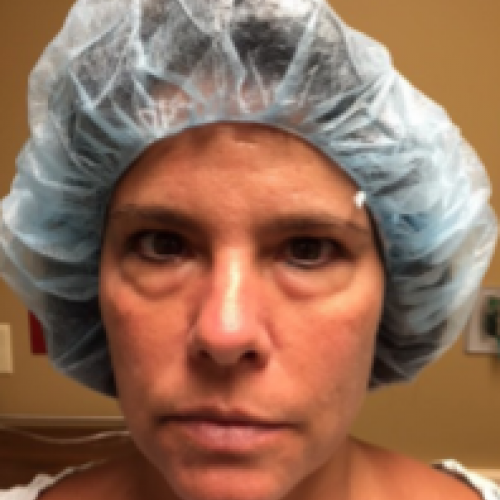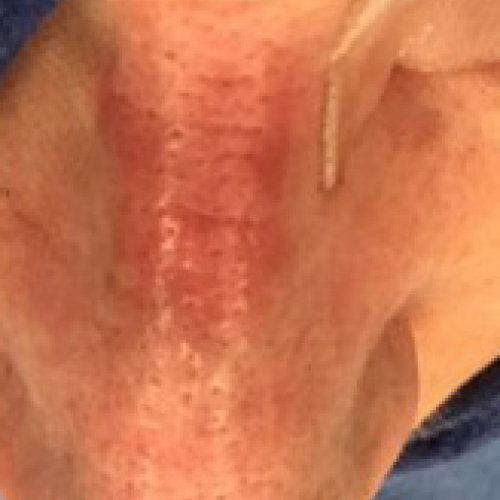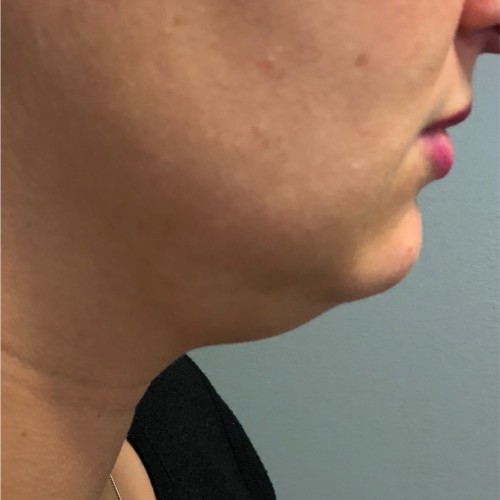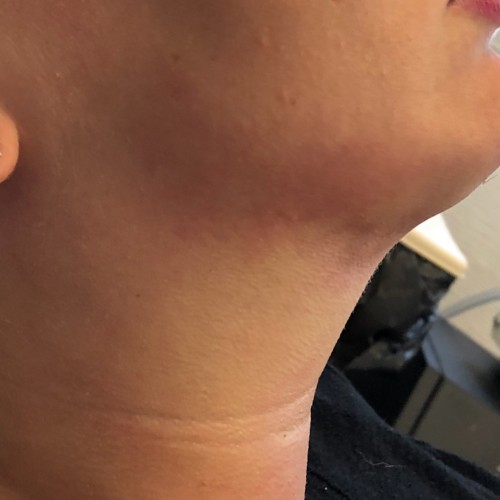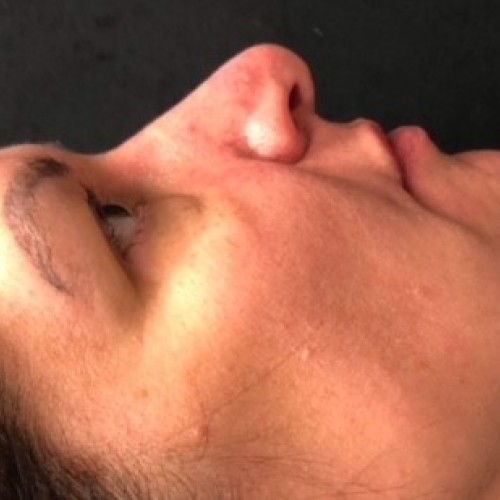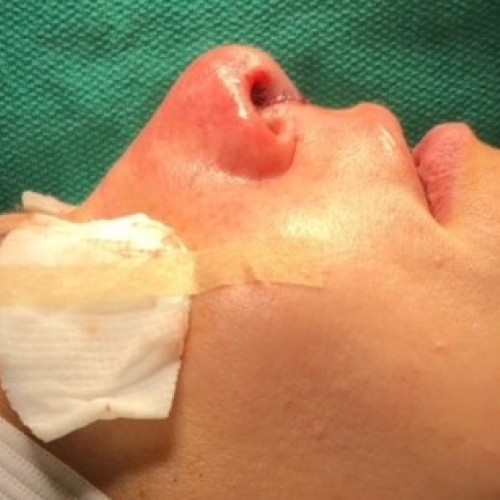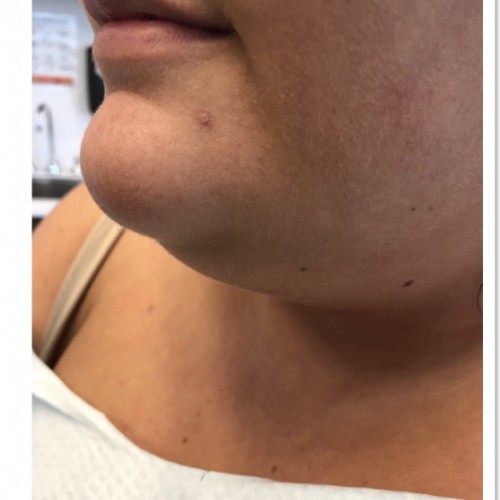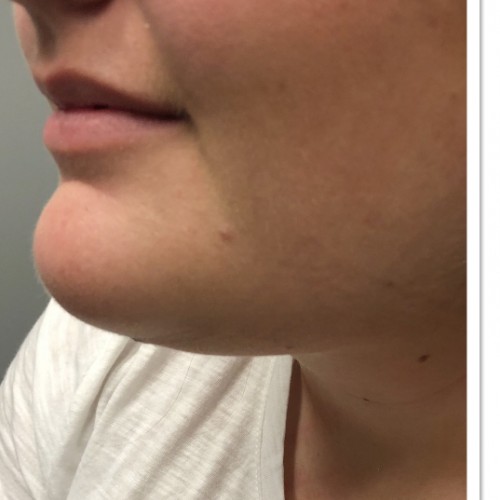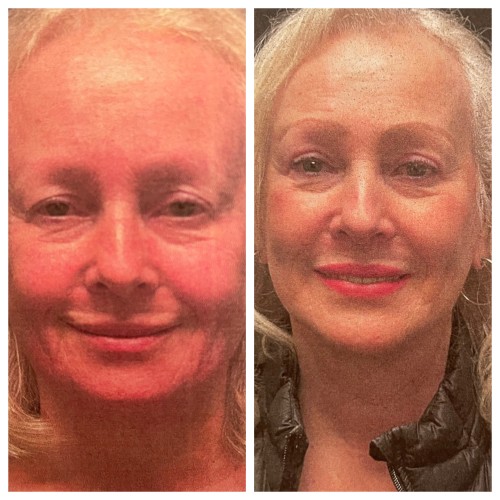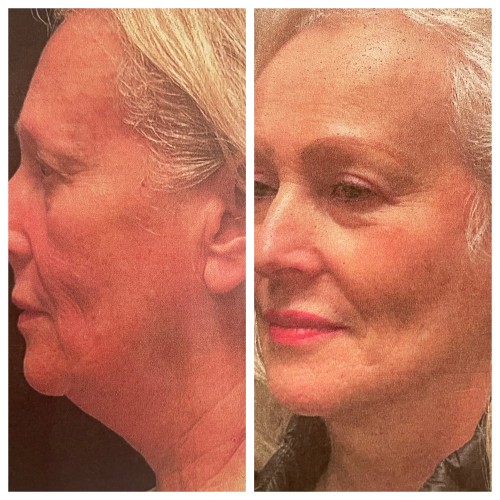Blepharoplasty (Eyelid Surgery)
Blepharoplasty is a procedure to remove fat, usually along with excess skin and muscle, from the upper and lower eyelids. Eyelid surgery can correct drooping upper lids and puffy bags below your eyes (features that make you look older and more tired than you feel, and can interfere with your vision). However, it will not remove crow's feet or other wrinkles, eliminate dark circles under the eyes or lift sagging eyebrows. Blepharoplasty can be done alone or in conjunction with other facial surgery procedures such as a facelift or brow lift.
A few medical conditions make blepharoplasty riskier. They include thyroid problems such as hypothyroidism and Graves’ Disease, dry eye or lack of sufficient tears, high blood pressure or other circulatory disorders, cardiovascular disease and diabetes. A detached retina or glaucoma is also reason for caution; check with your ophthalmologist before you have surgery.
Preparation Before Your Procedure
Three weeks prior to and three weeks after your surgery, try to limit your alcohol and tobacco intake. Two weeks prior to and two weeks after your surgery, do not take medication that may thin your blood such as aspirin or ibuprofen products.
The Day of Your Procedure
Please refrain from wearing makeup, contact lenses, hairpins, jewelry, body lotion or perfume. Wear comfortable clothing. If you develop a cold, sore throat, fever or any symptoms of illness before your surgery, notify the office.
Please prepare to have a responsible adult available to provide transportation after your procedure and have arrangements made for any necessary assistance you may require for the following 24 hours. If you are a minor, a parent or guardian must accompany you.
Recovery
After surgery, Dr. Oser may lubricate your eyes with ointment and may apply a bandage. Your eyelids may feel tight and sore as the anesthesia wears off, but you can control any discomfort with the pain medication prescribed by Dr. Oser. If you feel any severe pain, call Dr. Oser immediately.
Dr. Oser will instruct you to keep your head elevated for several days and to use cold compresses to reduce swelling and bruising. Bruising varies from person to person; it reaches its peak during the first week and generally lasts anywhere from two weeks to a month. You'll be shown how to clean your eyes, which may be gummy for a week or so.
Dr. Oser will follow your progress very closely for the first week or two. The stitches will be removed two days to a week after surgery. Once they're out, the swelling and discoloration around your eyes will gradually subside, and you'll start to look and feel much better.
Results
Healing is a gradual process, and your scars may remain slightly pink for six months or more after surgery. Eventually, though, they'll fade to a thin, nearly invisible white line.
On the other hand, the positive results of your eyelid surgery—a more alert and youthful look—will last for years. For many people, these results are permanent.

